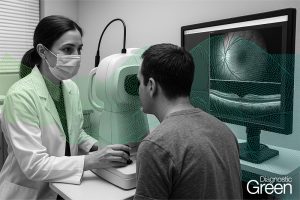Immediate lymphatic reconstruction (ILR) is recognized as a surgical approach used to reduce the risk of developing secondary lymphedema, and evidence demonstrating the efficacy of ILR is favorable. Our Lymphatic Center has become a centralized location offering ILR for the risk-reduction in breast cancer-related lymphedema (BCRL) in New England. Over the course of our experience, we made several modifications and adapted our approach to enhance the operative success of this procedure.
These include advancements in our use of indocyanine green (ICG) imaging to identify baseline lymphatic anatomical variation, utilization of fluorescein isothiocyanate for lymphatic vessel visualization, application of the lymphosome concept to guide arm injection sites, verification of anastomotic patency (using ICG), localization of reconstruction to guide radiation therapy, incorporation of intraoperative tools to facilitate better anatomic visualization of the axilla, and addition of a lower extremity vein graft to mitigate venous-related complications.
Collecting information from each surgery in a standardized manner, including intraoperative lymphatic channel measurements, and deploying clips for possible future radiation exposure, enables future studies on ILR patient outcomes. In this contribution, we aimed to share our institutional modifications with the surgical community to facilitate further adoption, conversation, and advancement of ILR for the risk-reduction in BCRL.




